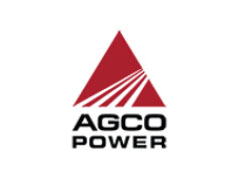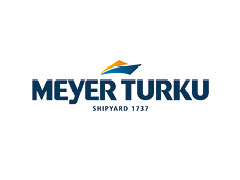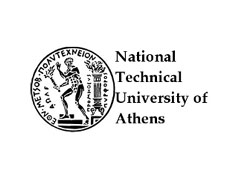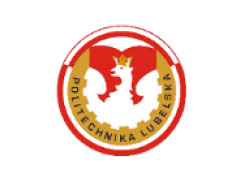To reach close to zero tailpipe NOx emissions, a double-SCR (selective catalytic reduction) system is proposed. In that, the first SCR unit would be placed upstream of the diesel particulate filter (DPF) and the second SCR unit downstream of DPF. This study focused on the experiments of the first SCR unit. The experiments were conducted utilizing a new, 4.4-liter heavy duty diesel engine that was connected to a research facility for studying after-treatment systems in controlled environment. Three different SCR’s: a vanadium-based SCR (V-SCR), a copper-based SCR (Cu-SCR) and a vanadium-based SCR including an ammonia slip catalyst (V-SCR+ASC) were studied. Studies were done at different exhaust temperatures from 215°C to 350°C. Emissions of NO, NO2, NH3, N2O, CO, CO2 and hydrocarbons were measured by FTIR. Particulate emissions (PM, PN) were studied as a part of the experiments. The results showed that the three SCR units performed differently. The performance of the V-SCR catalyst was low at 215-250°C while the Cu-SCR catalyst was found to be very efficient at the lowest temperatures. This type of V-SCR is depending on NO2 promotion at low temperatures and will require a small DOC before that V-SCR unit. In the case, where ammonia slip was found downstream the SCR or even after ASC, the following DOC was found to remove effectively that slip. When ammonia slip was high after SCR catalyst, N2O formation was observed downstream of DOC which is obviously not a desired situation and requires an optimization of reductant feed.




















